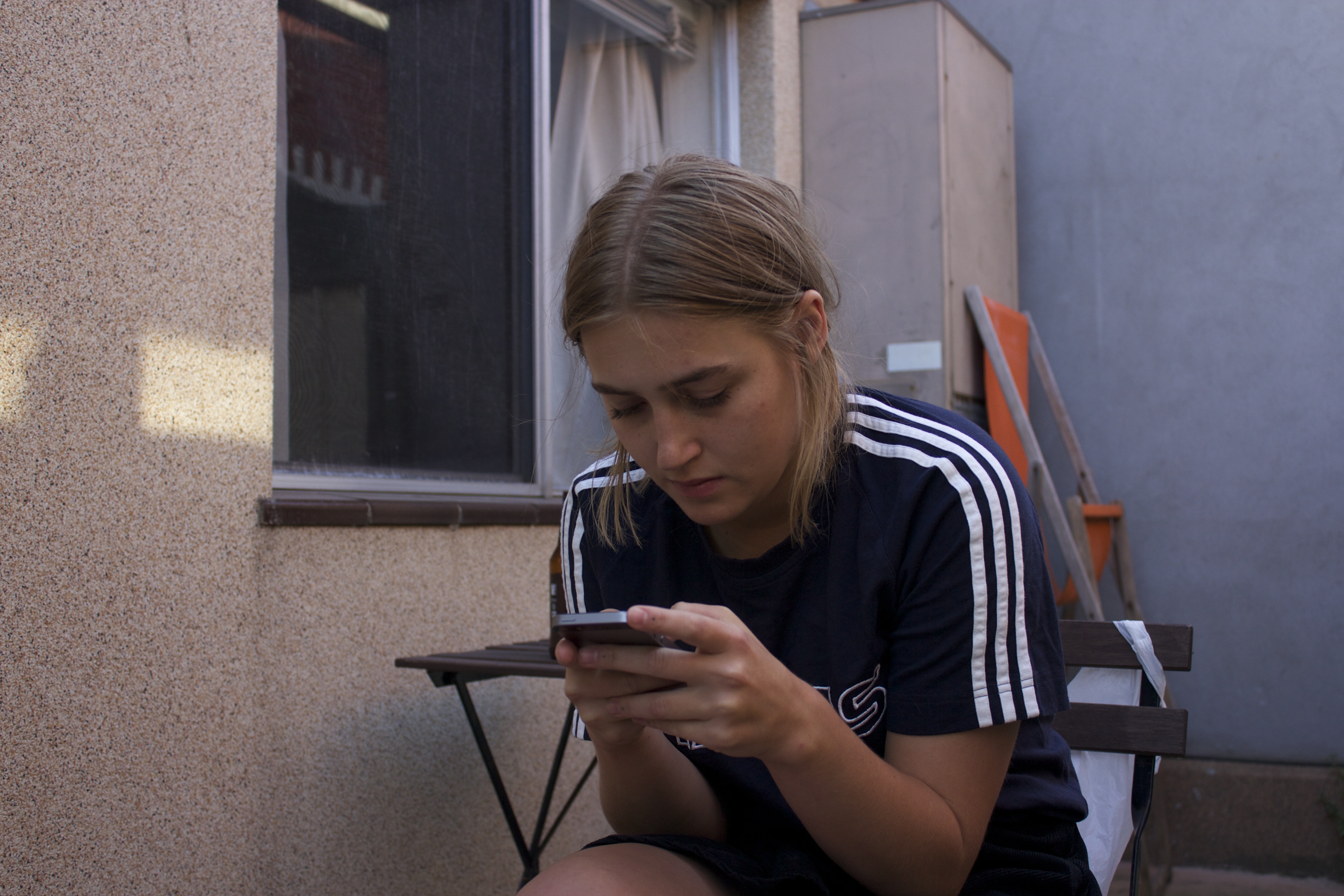“The media are not so much ‘things’ as places which most of us inhabit, which weave in and out of our lives. Their constant messages and pleasures seem to flow around and through us, and they immerse most of our waking lives”
– BRANSTON AND STAFFORD (2010) The Media Student’s book.
We were presented with this quote, our first introduction to what I assume to be the main question we ask ourselves and other throughout this course. What is the media? Who is in control of it? How does media affect our lives? Are these good or bad things, or is it inescapable?
We were shown the composer John Cage’s 1952 piece 4’33”, a four-minute and thirty-three-second performance piece made up completely of silence. A really interesting look at silence and noticing ~ and a great introduction into our next class activity, where we were sent out into the CBD with the task of ‘noticing’, sounds simple. But to be given the task to notice, you realise perhaps how little you do take in on a day to day basis, whether you’re chatting to a friend, getting sucked into an instagram black hole or zoning out to a jam.
Looking further into John Cage’s 4’33”, something I’d never heard of before (pun kinda intended), really made me ask myself some questions like, is silence music? I don’t know much about the technical aspect of musical creation but I do know that rests and pauses, the things that are left out of a song or composition are just as important as what’s included ~ similar to a narrative or story telling ~ the purpose of Cage’s piece was to allow people to step back and notice ambience as the sound, as the music. A really great idea! I love the way he pushed boundaries in contemporary art and music, but I did get stuck deep in the comment section of this TED talk video on youtube (REMINDER TO NEVER GET STUCK IN THE YOUTUBE COMMENT SECTION!!!!) in which the discussion was had about whether or not 4’33” could be considered ‘music’.
Personally I believe, yeah it can be! It is creation, and it is art, especially in the way it allows the audience to become the creators in what they hear and how they construct their listening. Much like media, art and music are up to interpretation.
Here’s John now, giving us an insight into his mind and his thoughts on silence
A few of the things my media buddies and I noticed when we were released into the big wide media realm of Melbourne CBD:
||UP HIGH||
Cross media advertising/LED screens flashing ads above buildings: “APN”, “Coca-Cola”
A blimp(I swear to god I have never even seen a blimp IRL before~very exciting stuff)
Advertisements for Banks
A painted mural of Nike shoes and sportswear
||MID GROUND||
Band and logo tee’s (Metallica, Taylor Swift, H&M, Nike)
Vending machines
||BACKGROUND||
Tram announcements “You are on a Yarra Tram service to..”
Car stereos, radio ads, talk shows
One-sided phone conversations
||IN YOUR HAND||
Many/most people looking down at their phones and consuming content
Newspapers
Printed books (yes, they still exist would you believe!)
Laptops and tablets
I FEEL AS IF I CAN’T STOP NOTICING THE MEDIA AND PEOPLE CONSUMING IT NOW!
